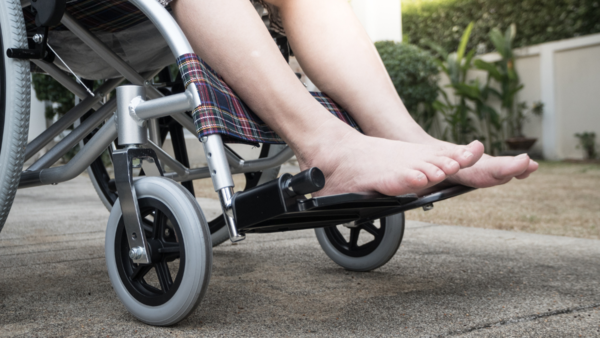A neurological condition known as Barré Syndrome (GBS) occurs when an individual’s immune system unintentionally targets peripheral nerves. A portion of persons who have bacterial or viral illnesses like diarrhea, chikungunya, or COVID develop GBS after the illness. The reason for this is molecular mimicry. On January 9, the first GBS patient was identified in Pune. Since then, patients have been treated in the government-run Sassoon Hospital in the city, the Kamla Nehru Hospital in Pune, and the YCM Hospital in the nearby Pimpri-Chinchwad city. The disease’s arrival in India has caused widespread alertness about the symptoms and seeking medical attention at the earliest if tested positive.
Common symptoms of GBS
According to Dr. Mahesh Jadhav, Consultant- Neurology, Manipal Hospital, Kharadi Pune, “Sensory symptoms such as tingling, numbness, or a burning sensation that begins in the feet and quickly moves up the body are possible at first. They are unable to stand and sit, as well as hold something like a cup of tea. Limb power is gradually decreasing. Simple tasks like sitting, standing, and walking become challenging. Additionally, autonomic symptoms include constipation, bladder issues, and blood pressure swings.”
Neurological conditions that can mimic Guillain-Barre Syndrome (GBS) are:
1)Hypokalemic paralysis
2)Acute transverse myelitis
3)Critical illness neuropathy
4)Botulism
5)Tick paralysis
6)Myasthenia gravis
7)Spinal cord injuries
8)Certain toxic neuropathies infections like West Nile virus
9)Chronic inflammatory demyelinating polyneuropathy (CIDP)
Key points to differentiate GBS mimics:
GBS typically has a rapid, ascending pattern of weakness, while other conditions may have a slower onset or different distribution of weakness.
In GBS, deep tendon reflexes are typically diminished or absent, whereas some mimics may show hyperreflexia.
Specific mimics and how to differentiate:
1) Hypokalemic Paralysis-presents with sudden limb weakness with often history of loose motions.blood test showing low potassium levels is confirmatory.
2) Acute Transverse Myelitis (ATM):
Similar weakness but with a clear sensory level on the body, often accompanied by back pain and bladder dysfunction; MRI of the spinal cord can confirm ATM.
3) Critical Illness Neuropathy:
Occurs in critically ill patients with multi-organ failure, often with weakness in the limbs and proximal muscles; clinical context and monitoring of muscle function are crucial.
4) Botulism:
Characterized by descending weakness, double vision, difficulty swallowing, and sometimes respiratory compromise;
5) Tick Paralysis:
Ascending paralysis with prominent facial weakness and sometimes respiratory difficulties; history of tick bite is key.
6) Myasthenia Gravis:
Fluctuating muscle weakness, often affecting eye movements and facial muscles, with improvement after rest; can be confirmed with serological testing.
7) Spinal Cord Injury:
May present with sudden onset weakness in the limbs depending on the level of spinal cord involvement; usually accompanied by sensory changes and bowel/bladder dysfunction.
8) Toxic Neuropathies:
Exposure to heavy metals like lead or arsenic can cause peripheral neuropathy with varying patterns of weakness depending on the toxin.
9)Chronic Inflammatory Demyelinating Polyneuropathy (CIDP):
Shares similar symptoms with GBS but has a more chronic course with relapses and remissions, often requiring longer-term treatment.

Diagnostic tests for differentiation:
Lumbar Puncture (CSF analysis):
In GBS, characteristic “albuminocytologic dissociation” (elevated protein with normal cell count) is often seen.
2) Nerve Conduction Studies (NCS) and Electromyography (EMG):
Can help identify the pattern of nerve damage, distinguishing between axonal and demyelinating neuropathies.
3) MRI and CT Scans:
May be used to rule out other conditions like spinal cord lesions or brain abnormalities.






